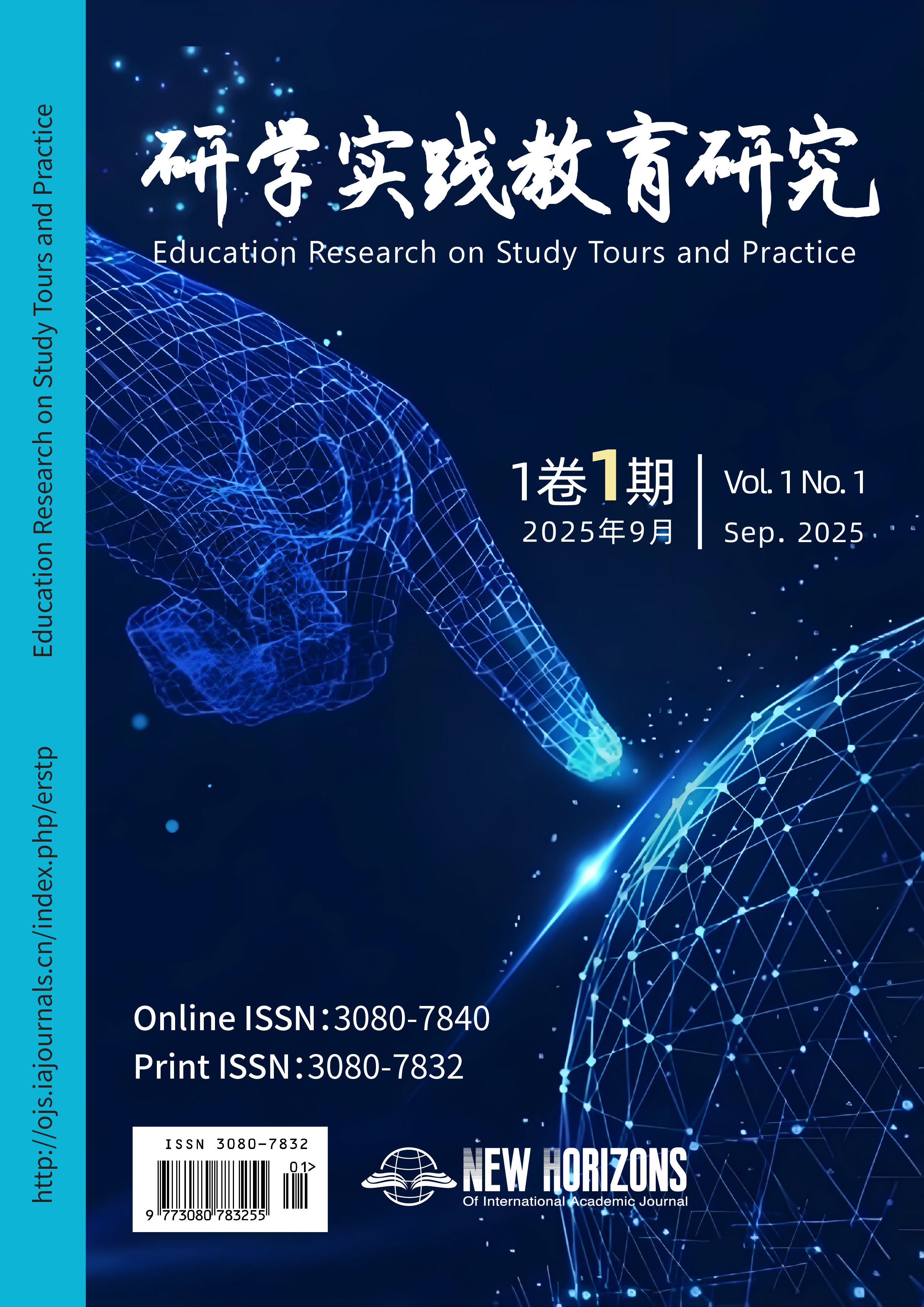Lida Xing (Author)
School of the Earth Sciences and Resources, China University of Geosciences (Beijing), Beijing 100083, China
Zhiyu Liang (Author)
Dinosaur Odyssey Science Museum, Guangxi, Nanning 530201, China
Guan He (Author)
Dinosaur Odyssey Science Museum, Guangxi, Nanning 530201, China
Qiyan Chen (Author)
School of the Earth Sciences and Resources, China University of Geosciences (Beijing), Beijing 100083, China
Museum Innovation; Digital Technology Application; Scholar-Enterprise Collaboration; Science Communication
01-09-2025
This article examines the establishment and defining features of the Dinosaur Odyssey Science Museum, which opened in July 2025 in Nanning, Guangxi, China. As a newly established natural history museum in this region, it offers a compelling case study for the advancement of science outreach institutions, particularly in under-resourced western China. To address regional gaps in science education and public engagement, the museum employs a “scholars-culture industry partnership” collaborative model that integrates cutting-edge academic research with innovating digital technologies. Its exhibitions depart from conventional narrative-based strategies by implementing a “thematic-episodic” framework that weaves together environmental-faunal transitions and clade-specific evolutionary trajectories. Over 100 digital technologies—including AI, holography, glasses-free 3D, and virtual production are deployed through a tripartite system: (1) a centralized digital asset management hub, (2) interactive hardware display platforms, and (3) an AI-powered engagement interface. In parallel, the museum has developed a multidimensional dinosaur-themed intellectual property (IP) ecosystem to expand its science outreach capacity, established a dinosaur-themed inquiry-based learning system featuring a full-cycle growth loop , tailored to distinct age cohorts (3–6 years, adolescents, young adults, and general audiences). The museum pioneers a new paradigm for paleontological science communication by facilitating scholarly involvement in content co-creation, cost-efficient digital exhibition scaling, and replicability of low-cost models, thereby offering a reference for the transformation of natural history museums in China.
 PDF (Chinese)
PDF (Chinese)
Copyright (c) 2025 Education Research on Study Tours and Practice

This work is licensed under a Creative Commons Attribution 4.0 International License.